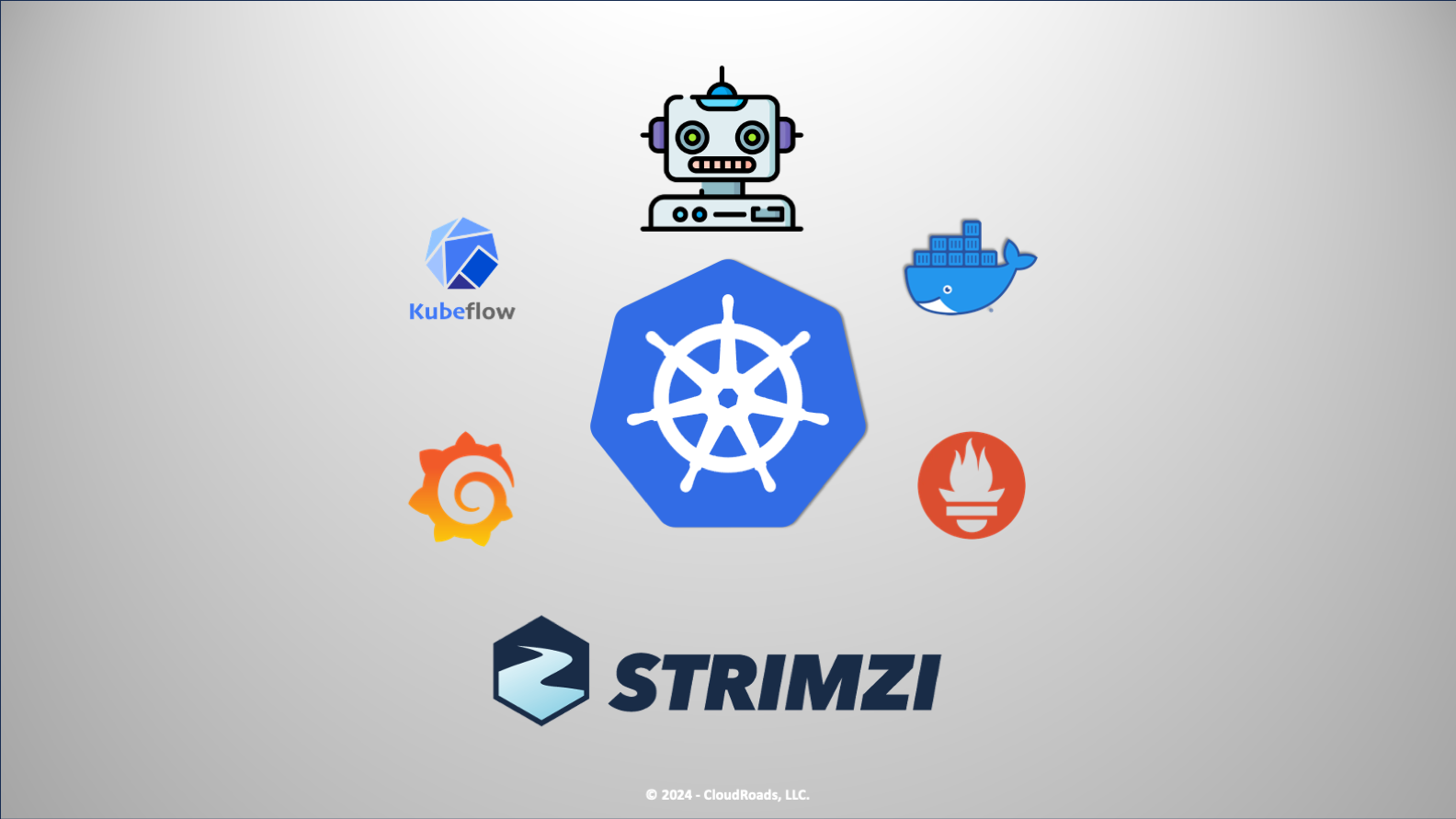Decoding the Magic of Cloud Native AI
Published on March 21, 2024 | 1 Min Read
In financial services, the convergence of AI and cloud-native technologies is no longer a distant future, it’s happening right now. Implementing cloud-native AI can catalyze a digital breakthrough, propelling organizations toward resounding success.The Current State
The financial services, traditionally known for its cautious stance toward digital disruption, is now at the forefront of technological innovation. Embracing cloud-native AI, this sector is overcoming legacy constraints, achieving unprecedented agility and smarter operational efficiency.
The Cloud Native Computing Foundation (CNCF) recently published a whitepaper covering the different aspects of the intersection of cloud-native technologies, Machine Learning (ML), and Artificial Intelligence (AI). The three domains are going to benefit from each other in one way or another. For example, AI/ML can be used in managing and troubleshooting Kubernetes (K8s) clusters. In the meantime, AI workloads can be accelerated with GPUs in Kubernetes. The topic of discussion at one of the keynotes at KubeCon Europe 2024. In addition, Some AI/ML open-source projects recently joined the CNCF such as Kubeflow, and Strimzi to name a few. Use Cases for Cloud-Native AI in Financial Services
Cloud-native AI is a dynamic toolkit transforming some of the sector’s most critical areas. Here are a few examples we are seeing in the field. Risk Management and Predictive Analytics: AI algorithms hosted on cloud-native infrastructures can analyze vast datasets, predicting loan defaults with higher accuracy than traditional models.Fraud Detection and Compliance: Leveraging pattern recognition and anomaly detection, cloud-native AI systems provide real-time insights and proactive compliance adherence, reducing the window for financial discrepancies.Personalized Financial Advice: Through AI, wealth management becomes more accessible, offering tailored advice and investment strategies to a wider client base, optimized via cloud scalability.
Building a Cloud Native AI Roadmap
Embarking on a cloud-native AI journey requires dedication and planning. Those who already started their cloud native journey and reaped the benefits positioned themselves to capitalize on those investments and start experimenting with AI. Here are a few steps to consider on your cloud native AI journey: Data Readiness: Ensure your data is primed for AI with proper collection and governance protocols.Strategic Planning: Identify AI objectives aligned with business goals. This could range from customer service automation to backend process optimization.Expertise Alignment: Bring together a team of cloud and AI experts to curate and implement your tailored roadmap.Phased Implementation: Start with pilot projects to demonstrate value and scale up iteratively, maintaining an agile approach.
Case Studies
Kubernetes enabled China Minsheng Bank to transform its legacy applications and move into AI, blockchain, and big data. The team there reported they have experienced a 3-4x increase in deployment, operation, and maintenance efficiency and reduced the deployment time from hours to minutes.
Zhang Li, a senior project manager at Minsheng commented on the project to accomplish this.
“We are now developing AI-based applications, a blockchain application, and some big data analysis applications on the cloud-native platform”
As the financial services sector forge ahead, the interplay between AI and cloud-native platforms will continue to spotlight innovation, especially in personalization and regulatory tech. Early adopters can carve out significant competitive advantages.
Cloud-native AI is an unlocking force for many companies intent on not just participating but shaping the future of finance. By harnessing this powerhouse combination, institutions can elevate their services to new heights, ensuring relevance and resilience in an ever-evolving digital landscape.

